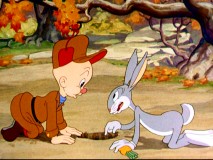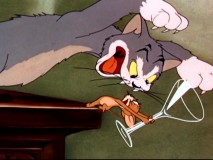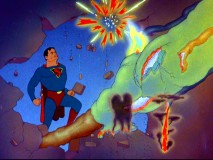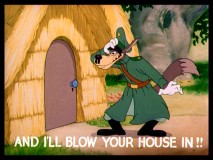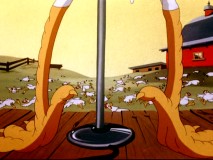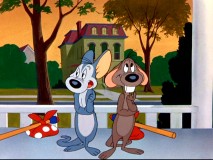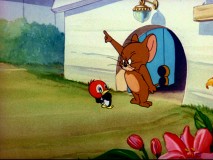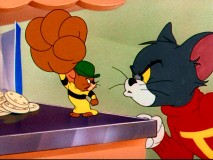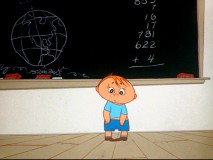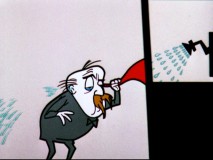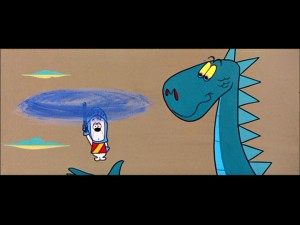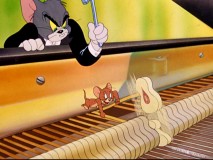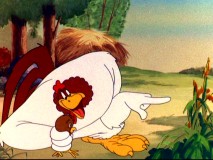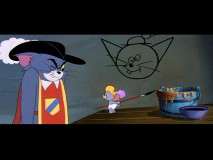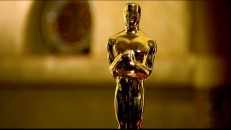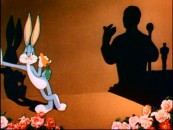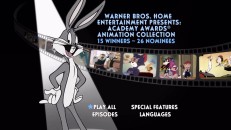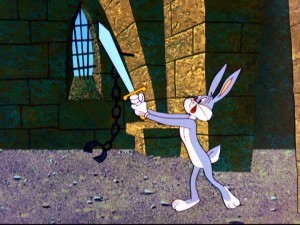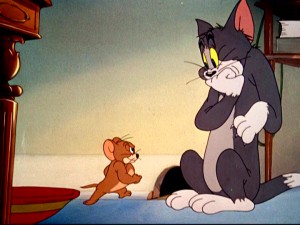 |
41 Shorts (Click title to jump to that portion of review)
Disc 1 - 15 Winners: The Milky Way (1940), The Yankee Doodle Mouse (1943), Mouse Trouble (1944), Quiet Please! (1945), The Cat Concerto (1946), Tweetie Pie (1947), The Little Orphan (1948), For Scent-imental Reasons (1949), So Much for So Little (1949), The Two Mouseketeers (1951), Johann Mouse (1952), Speedy Gonzales (1955), Birds Anonymous (1957), Knighty Knight Bugs (1958), The Dot and the Line (1965)
Disc 2 - 14 Nominees: Popeye the Sailor Meets Sindbad the Sailor (1936), Peace on Earth (1939), A Wild Hare (1940), Puss Gets the Boot (1940), Superman (1941), Hiawatha's Rabbit Hunt (1941), Rhapsody in Rivets (1941), The Night Before Christmas (1941), Blitz Wolf (1942), Pigs in a Polka (1942), Swooner Crooner (1944), Walky Talky Hawky (1946), Dr. Jekyll and Mr. Mouse (1947), Mouse Wreckers (1948)
Disc 3 - 12 Nominees: Hatch Up Your Troubles (1949), Jerry's Cousin (1951), Little Johnny Jet (1953), Touché, Pussy Cat! (1954), From A to Z-Z-Z-Z (1953), Sandy Claws (1954), Good Will to Men (1955), Tabasco Road (1957), One Droopy Knight (1957), High Note (1960), Nelly's Folly (1961), Now Hear This (1962)
Video & Audio; Bonus Features: Audio Commentaries, Isolated Musical Scores, "Drawn for Glory: Animation's Triumph at the Oscars", What's Cookin' Doc?; Menus and Packaging; Closing Thoughts
Running Time: 323 Minutes (5 hours, 23 minutes) / Rating: Not Rated
1.33:1 Fullscreen and 2.35:1 Anamorphic Widescreen (Original Aspect Ratios)
Dolby Digital Mono 1.0 (English); Subtitles: English; Closed Captioned; Extras Not Subtitled
Three single-sided, dual-layered discs (DVD-9s); Six-sided Digipak in Cardboard Slipcover
Suggested Retail Price: $44.98
Originally Released between 1936 and 1965; DVD Release Date: February 12, 2008 |


